Angling for Alalunga - Albacore Tuna in Cyprus
A sport for strong nerves and a lot of patience!
There are some categories of tuna:
- Thunnus Thynnus: It is a big Mediterranean tones and the most expensive tuna. It has a maximum size of 150cm and a weight of 50 kilos. The easiest way to the recognition of the first dorsal which is colored blue to yellow and the second dorsal red to brown. The pectoral fins are small and also the eyes.
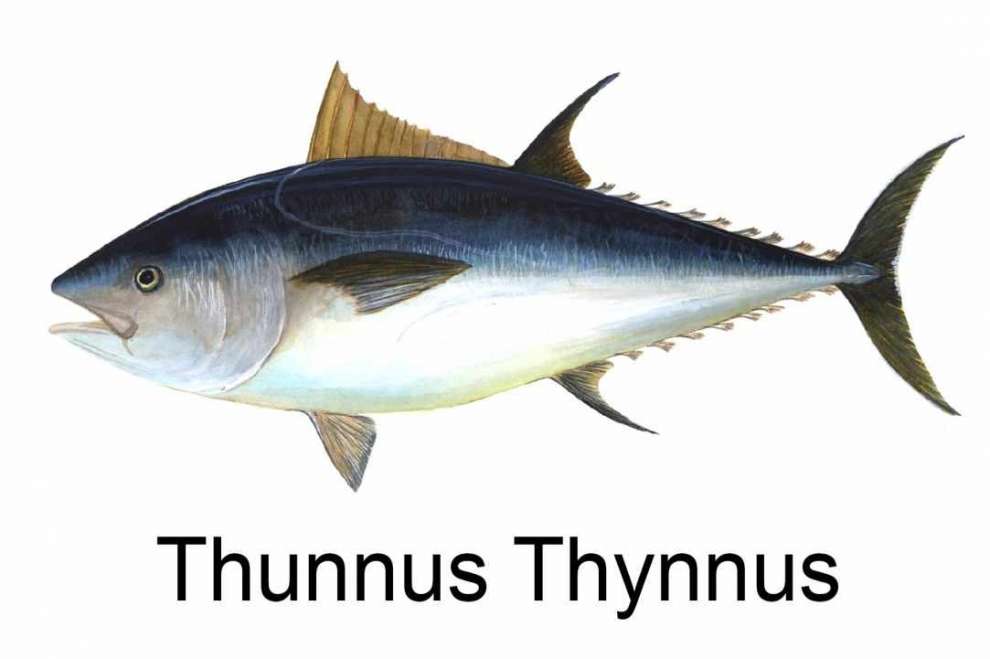
- Thunnus Alalunga: The pectoral fins are large and the fish have big eyes. It has a maximum size of 100 cm and a maximum weight of 20 kilos. There are no special colors in the dorsal and the distance between the two dorsal is minimum.
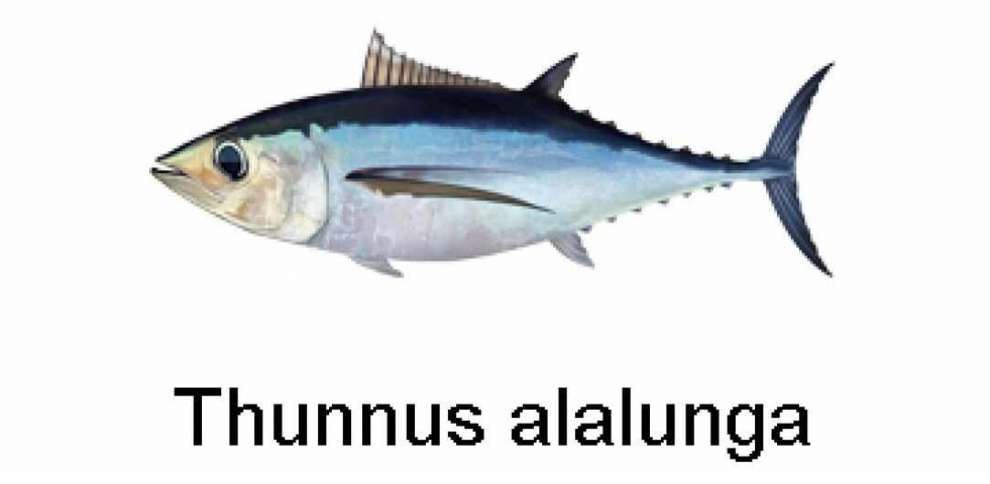
- Euthynnus Alletteratus: This tone does not exceed 100 centimeters and 12 kilos. The easiest way to the recognition is by the big dots that you would see between the chest and the ventral fin. The first dorsal fin is longer than the other. Also, his body is longish.
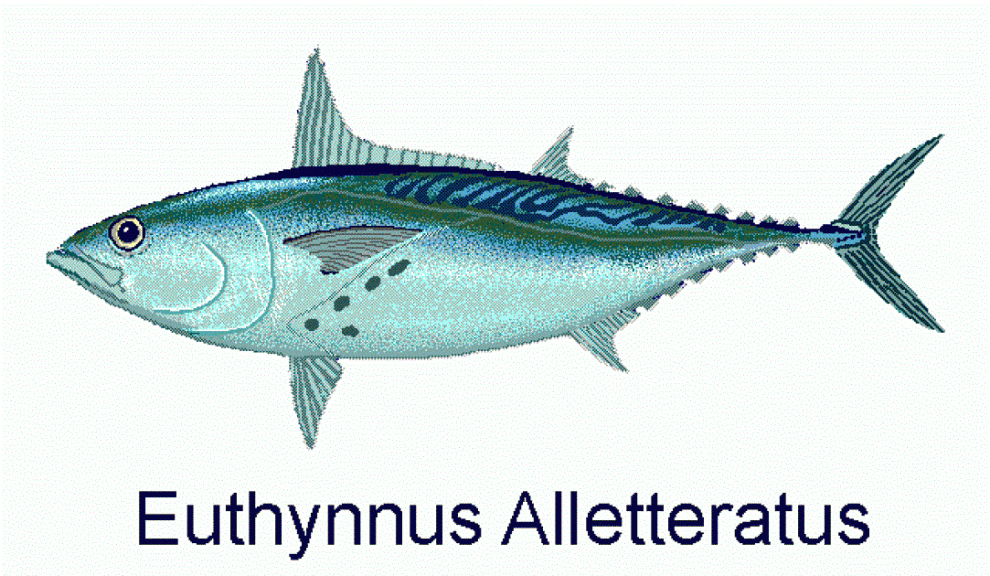
- Sarda Sarda: It is the best-known tuna. Reaches 90 centimeters and 11 kilos. The easier recognition criterion is the many dark lines you will see over on the backside.
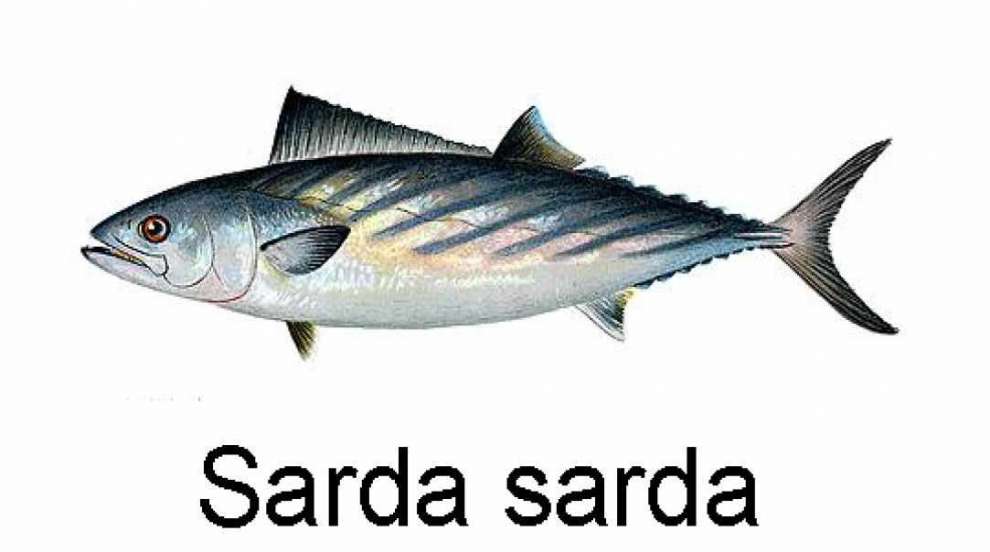
- Orcynopsis Unicolor: They are relatively large fish with a length of up to 130 centimeters and 13 kilos. You can recognize it from the edge of the upper lip, which is very close to the eye, also that the first dorsal fin is 3/4 black.
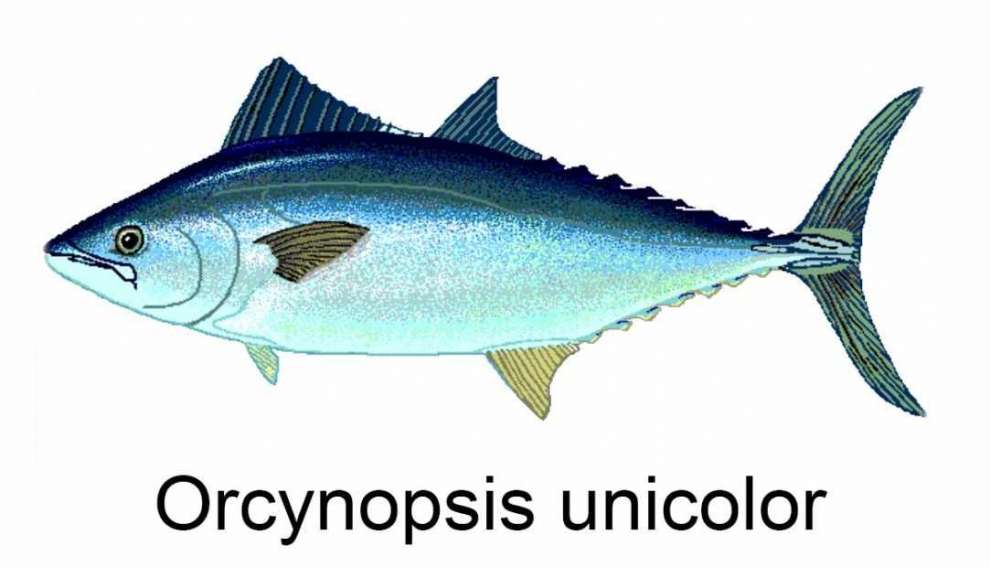
- Acanthocybium solandri: It has a maximum size of 250 cm and a maximum weight of 85 kilos. Easily recognized by the body of which is equal to the head of the mean that is a longish fish and from the vertical line is blue.
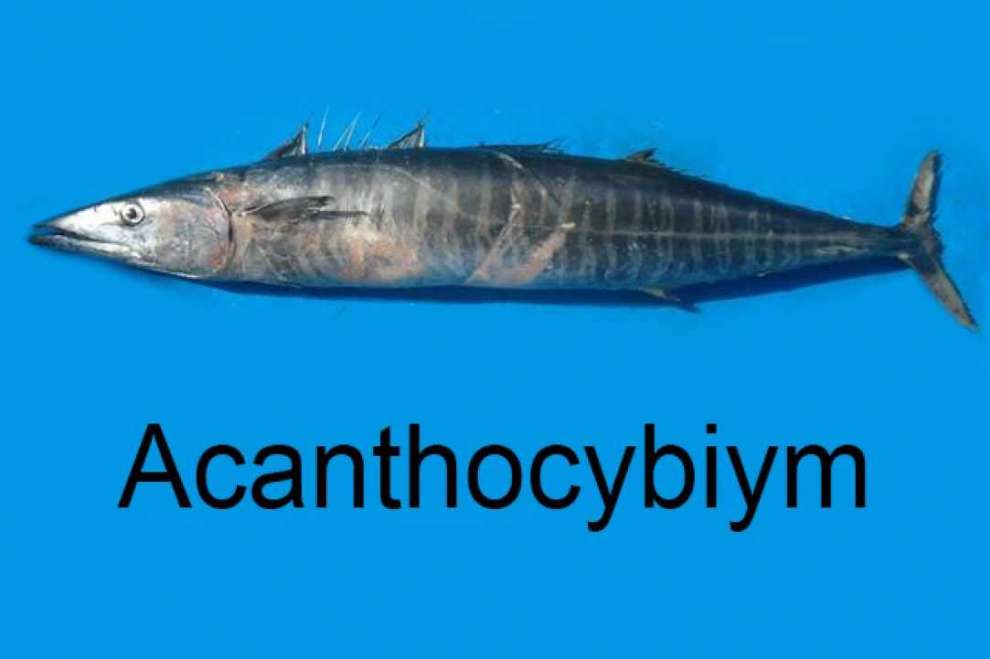
- Auxis rochei or Auxis thazard: They are of the smaller cans tuna in weight 1.7 pounds and does not exceed 50 cm. The head is black, it gets purple and after blue in the back of the body. Above the lateral line, there are 15 slopes dark line. Also, it has purple pectoral and ventral fin.
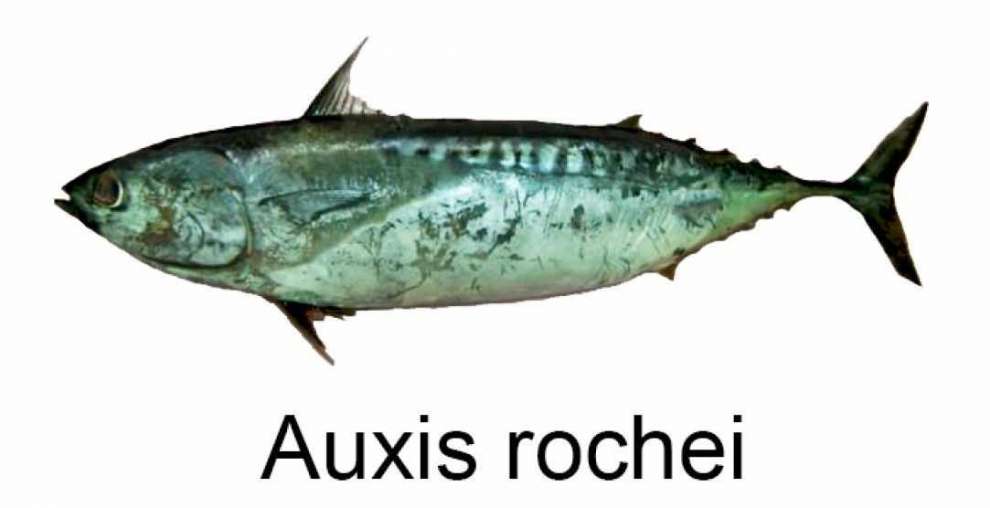
In this article, I'm going to explain about Albacore Tuna or otherwise, it's called by its scientific name Thunnus Alalunga. Tuna is a hunter fish and a pelagic fish that live in the Mediterranean. In deeper waters, it is not unusual to find some weighing as much as 600 pounds. They tend to hunt in groups and feed on fish and cephalopods such as octopus.
The meat of tuna is very good quality and an excellent source of protein, vitamins, and minerals. It can be cooked in the oven with vegetables or on salt blocks or it can be seared and of course, you can eat it as you desire. Salad goes well with it.
The Cyprus tuna season starts around the beginning of June. Up to mid-July is a good time for tuna fishing, but you can go on until August. Tuna eat early in the morning and in the afternoon so it the best time for fishing, but it is still possible to catch them at other times of the day.
The Northwest and the Southwest winds bring the fish closer to the surface. So does moonlight. If the wind makes your boat bob up and down, take the opportunity to fish. The waves make the bait seem real.
Make sure to keep a good distance from the other anglers and boats.
Anglers – Take heed of the following:
-
Tuna fishing is only by boat. In Cyprus, we do it in American style with the vessel moving ahead during the fishing operation.
-
On board, it is best to have two or three fishermen, the first to guide the boat, the second to control the pole for the fish, and the third to latch the hook to pull it over.
-
In a tackle shop, you must buy a surface lure, it must be hard plastic minnow bait that is a submerged fishing lure in a large size (at least 10cm). This dips below the water surface – two meters down or even more. It is good to have a variety of colors except for blue. I have added a picture to picture gallery of suitable fishing lures.
Use as many fishing rods as possible (three or more) from the back of the boat.
-
If you use two fishing rods, to avoid getting the fishing lines entangled, run one at 30 meters distance from you and the other at 15 meters. Where the boat goes the bait follows. You don't need to hold on to the fishing rod.
-
If you have four fishing rods it is important to space out the lines: for example the first at 60 meters, let your fishing line at the second fishing rod at 10 meters away from the first one, so it has to be away from you 50 meters, so as the third one leave it away from you 40 meters and the fourth one 30 meters.
-
When you release the minnows in water, you have to open the clutch so that when the fish bite they do not break the fishing rod or the fishing line.
Once the fish bite, you will hear the engine leaving the fishing line. We leave the reed in water but we pull in the remaining minnows that are in the water, so as not to tangle with the minnow that hooked the tuna. The boat must remain in motion until the fish get tired. After this when we pull the minnow over where we caught the tuna, you must turn off the boat to make it easier to pull the fish to the surface. If you see that the fish still reacts and wants to get away, adjusts the stopper over the engine so that the fishing line finds resistance.
A large number of fish are lost when they attempt to get under the boat, which they usually do in the last stages of the battle. After taking up the line and bringing the fish to the surface of the water, one of our friends in the boat hooks the fish. You pull it up to the boat and you remove the minnows from the mouth of the tuna carefully to avoid injury. Do not forget always carry a pessary to remove bait.
Before you go out fishing make sure you have water on board, a first aid kit, emergency flares, supplies and a full tank of fuel.
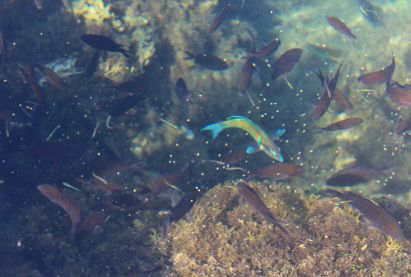
Learn about simple fishing in Cyprus.

 English
English
 Ελληνικά
Ελληνικά Русский
Русский




















 Posted by
Christina Nicolaou
Posted by
Christina Nicolaou






